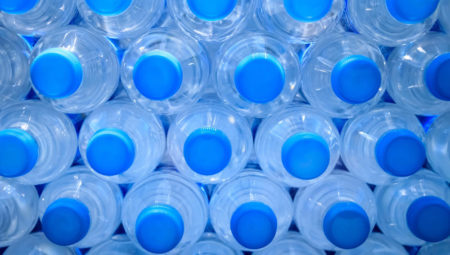This is one of the conclusions in the market and trend report ‘Bio-based Building Blocks and Polymers – Global Capacities and Trends 2017-2022’, published by German nova-Institute.
In 2017, the world-wide capacities for biobased polymers reached 4.6 million tonnes (including hard-to-estimate biobased PUR, this number goes up to 6.4 million tonnes). The forecast for 2022 shows 5 million tonnes – including biobased PUR: 7.5 million tonnes.
Considerable variance
Althought the overall market share stays constant, the individual development of different biobased polymers varies considerably. While some are virtually collapsing compared to previous forecasts (e.g. bio-PET), many are showing constant or slightly increasing capacities and a few are even showing significant growth (such as PLA).
Additionally, for some biobased polymers such as PHA, PEF, bio-PE and bio-PP, the prospects for the future are quite positive. Overall, the market environment remains challenging with low crude oil prices, little political support and partially underutilized capacities. Until now, the biodegradability of some biobased polymers has not yet been able to generate a real advantage globally.
The new report is more than just an update, it differs from the previous versions in structure and content. It contains comprehensive information on capacity development from 2011 to 2022, per building block and polymer as well as information on 102 individual polymer producers. A total of 17 biobased building blocks and 15 polymers are covered in the report. In addition, the new issue includes analyses of market developments per building block and polymer. For more details see the nova Institute website.



